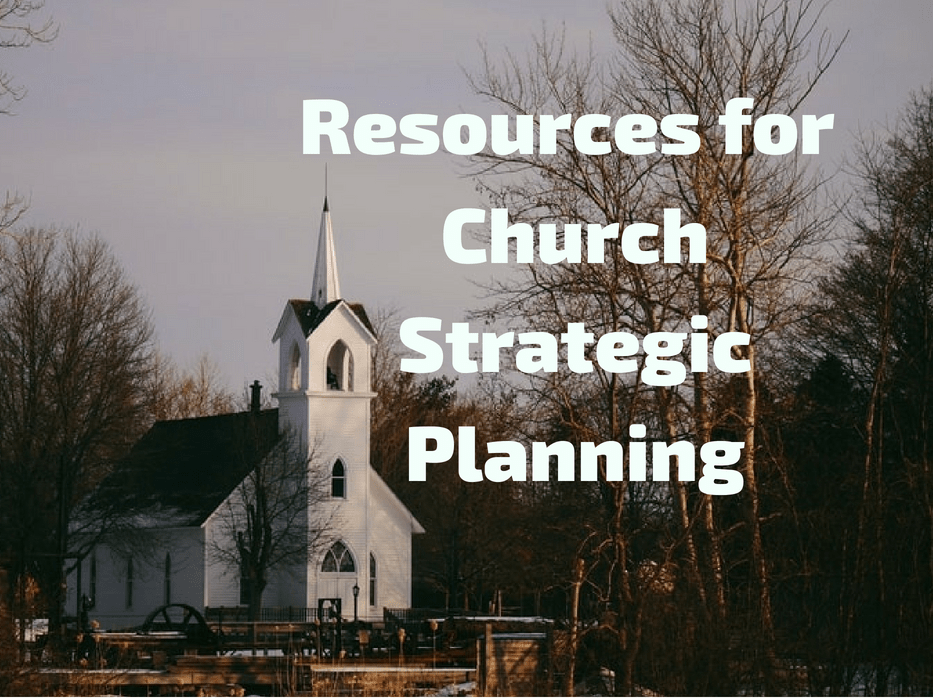Links to valuable government statistics for market research can be found in the Data and Statistics section of the USA.gov website (those links can also be found below!). These resources are valuable whether doing market research or drafting a business plan. You’ll appreciate the value of the information and the time saved.
Here is a link to the government statistics for market research at USA.gov.
What is the Data and Statistics section of the USA.gov website?
The Data and Statistics section of the USA.gov website doesn’t really have any original data. It’s more of a gateway to other government websites that have the information you need.
It’s a good place to start if you are wondering if any data even exists about a specific topic. Some of the topics addressed are:
Economics
Information from the Bureau of Economic Analysis. This includes data on industries, trade, other economic data including the GDP.
The justice system
Provided by the Bureau of Justice Statistics. Data on crime, victims, offenders, and the operation of the justice system at all levels – local through national.
Labor
Labor information comes from the Bureau of Labor Statistics. The BLS prides itself on the objective reporting of data. This data is used to support public and private decision making. Things such as price changes and labor market activity are addressed.
Transportation
The Bureau of Transportation Statistics provides information on airline performance, transportation safety, and much more. As part of the DOT, this site is the preeminent source of data on anything with wheels or wings.
Demographics
The Census Bureau is the granddaddy of all demographic information sources for the U.S. Additionally, you can also find a plethora of business data here too.
Energy
All things involving energy are covered on the Energy Information Administration website. They collect data on all sources of energy. Their goal is to provide impartial information and encourage sound policymaking.
Taxes
The Internal Revenue Service isn’t all that popular with the general public – for good reason. But, maybe you can get a little bit of value for your money by utilizing their statistics information. Included, is data on income, foreign companies controlled by U.S. companies, and exports. Plus, investments in the U.S. by foreign entities, among many other things.
Agriculture
The National Agricultural Statistics Service addresses nearly every aspect of U.S. agriculture. Production, prices, labor & wages, chemicals, and demographics are all part of the data they collect.
Additionally, the Economic Research Service, which is also part of the USDA, addresses agriculture issues too. The ERS’s focus is more on the future (trends and emerging issues) than the past.
Education
The National Center for Education Statistics addresses education. As you might have guessed. As part of the U.S. Department of Education, they are the number one aggregator of data on education in the federal government.
Health
The National Center for Health Statistics is part of the CDC. Their data is, of course, health-related. Information on nutrition, vital statistics, and death is also addressed.
Science & engineering
Here’s a data source that you might not have known about – the National Center for Science and Engineering Statistics. They exist to collect data on research & development activities and the STEM workforce. Also U.S. competitiveness in STEM fields, and STEM education.
Government spending
The authoritative site for U.S. government spending is USAspending.gov. As a taxpayer, you might find this a bit depressing. But, if your business revolves around government spending, you’ll appreciate the transparency.
State & local governments
The federal government isn’t the only public entity that has money burning a hole in its pocket. On the USA.gov website, you can find links to your state and local government websites. No guarantee that they’ll report with the same level of detail as the federal government. But, if you need it, you’ll at least have a starting point for research.
Social security
The Office of Research Evaluation and Statistics is part of the Social Security Administration. Their duties include reporting data related to social security payments, benefits, and more.
Maps
In addition, there is a collection of very cool maps from the Census Bureau, USGS, EPA, and other agencies.
Why should I use the USA.gov Data and Statistics?
No matter what you’re researching, I would suggest at least glancing at the USA.gov website. It will help you make sure you’ve got a complete picture. Most market research will revolve around information about consumers and businesses. However, information from other sources can help paint a complete picture.
You might even come across a resource that you didn’t know existed. This can ensure that you have rounded out your knowledge of your industry. Which, is particularly important if you are in the startup stage.
How to use these government statistics for market research
Since this website is merely a portal to other government resources, there’s not really any technical know-how needed. Obviously, that might change if you follow a link to another government website/tool.
I would suggest if you have the time, to browse all the federal agencies listed and consider how they might apply to your market research. Again, you might already have a comprehensive picture of your industry/market. But, information presented in a different context might compound your understanding of a particular subject.
Analyzing market research from the U.S. government
In addition to the USA.gov website, the Data.gov website also serves as a valuable resource. Here, you’ll find detailed information about the American public. About their workplaces, purchasing habits, and about any other aspect of life you can think of.
Are there any other resources for this type of information (government or private) that deliver the same value as the sites listed above?
What about overseas? It’s a big world out there and marketing to international customers could be very lucrative. Where can similar information be found for other countries?



